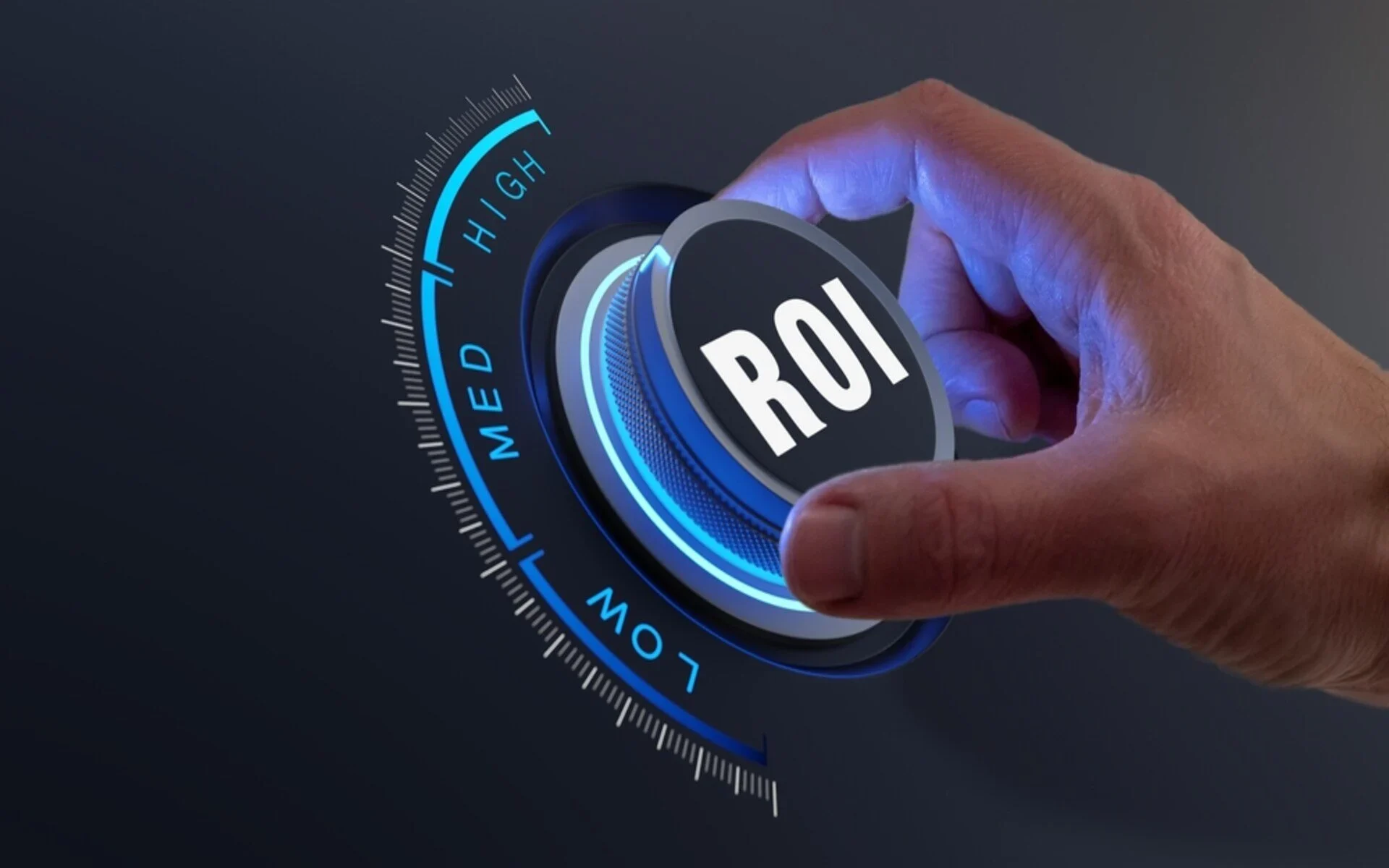

In a global economy with diverse markets and a rapidly evolving landscape, we don’t need to look far to understand why there is a supply chain shortage in HVAC. Supply chain disruption, longer lead times, and higher costs all present unique challenges for HVAC contractors. These challenges have a direct effect on project-completion times and can make costs difficult to predict and manage.
Supply-chain challenges are a reality HVAC contractors must face for the foreseeable future, making the implementation of strategies designed to maximize ROI more important than ever.
HVAC systems require a wide range of raw materials, including aluminum, copper, and plastic. Manufacturers are also becoming more reliant on semiconductors as HVAC products come with advanced tech features.
With aluminum primarily coming from China, Russia, or India and manufacturers sourcing copper from countries like Chile or Peru, the HVAC industry depends on a complex supply chain that is vulnerable to a wide range of external factors. Semiconductors mostly come from China, where the competitive environment makes scaling difficult.
Why is there a supply chain shortage? Lockdowns slowed down production and shipping during COVID-19. Supply chains have been consistently overextended ever since, and many industries are feeling the combined effects of trade disputes, natural disasters, and armed conflicts.
Experts are predicting a 6.5% CAGR for the HVAC systems market over the next seven years. Several factors are contributing to this projected growth.
More businesses and homeowners are investing in smart solutions. As a result, HVAC products with energy-efficient features are in high demand and can be difficult to acquire. Trends like building automation are resulting in more advanced systems that require additional components, translating into a more-complex acquisition process.
It’s also worth noting that global warming is contributing to the increased demand for HVAC systems. Regions with previously low demand for these products are becoming growing markets, and retrofit projects for old buildings will grow in popularity.
Demand is increasing in other industries that need the same raw materials, contributing to a highly competitive market. For instance, carmakers could cause the automotive semiconductor market to grow at a CAGR of 10% over the next decade.
Increased demand combined with supply chain constraints results in higher costs and longer lead times. These constraints include bottlenecks at shipping ports and an ongoing truck driver shortage. Logistic costs have also been fluctuating due to inflation, unpredictable fuel prices, and labor shortages.
Building material costs are rising at a much slower pace compared to the 1.5% increase recorded in 2021. However, prices are staying high and still increasing at a rate of 0.2%.
HVAC businesses are also facing a stricter regulatory environment. A new SEER rating standard went into effect in 2023, increasing the minimum Seasonal Energy Efficiency Ratio to 14 in Northern states and 15 in Southern regions. This new rule includes stricter testing requirements.
The new SEER standard increases efficiency for HVAC systems, but it means contractors must purchase better-performing, and therefore, more-expensive equipment. Plus, the stricter testing process is increasing costs for manufacturers.
HVAC contractors are dealing with slow lead times, higher prices, and a potential slowdown on the horizon once businesses work through the current backlog of projects. Customers may not understand why there is a supply chain shortage. For many contractors, profit margins have been shrinking, calling for a new strategic approach to maximizing ROI.
These strategies are concrete steps you can take to improve your ROI in the face of rising material prices.
Prioritizing new customer acquisition guarantees a steady stream of new projects. However, managing your marketing budget matters.
Analytics can provide you with valuable insights into your most cost-effective channels. You can also use CRM data to identify high-value profiles among existing customers and develop strategies to target leads with a similar profile.
The HVAC industry is benefitting from tech innovations, and being an early adopter can give you a competitive edge.
AI is opening new doors when it comes to automating tasks and managing projects. For instance, project planning tools can help you stay on-time and on-budget. You can also leverage smart solutions to deliver more-accurate quotes and create a better customer experience. Acquisition platforms are a valuable tool for managing inventory and streamlining your buying process.
Joining a buying program can help you unlock big savings on HVAC equipment and materials. It can also give you access to a wider range of suppliers without the added pressure of managing a large portfolio of vendors.
Your acquisition partner can deliver valuable insights into pricing trends and stock levels. Plus, some programs come with flexible financing terms to improve cash flow.
There is a strong demand for sustainable construction. As an HVAC contractor, you can explore new opportunities by developing new skills and specializing in designing energy-efficient systems.
Heat pumps, ductless mini splits, smart home products, and solar-powered systems are a few of the areas to explore.
Maintenance plans provide value to your audience while helping you generate a steady source of revenue with little to no investment required.
Adopting a subscription model gives you the opportunity to stay in touch with customers and puts you in a unique position to educate customers and pitch upgrades.
The HVAC industry is facing supply-chain challenges tied to complex global factors, as well as higher levels of demand for raw materials and finished products. Contractors also have to navigate new regulations and adapt to shifting demand patterns that prioritize sustainable solutions.
In this environment, successful contractors are those who focus on maximizing their ROI. Solutions include improving lead generation, adopting new technology, saving with a buying program, exploring new projects, and offering maintenance plans.
An Easy Way to Win More HVAC Jobs and Make More Margin
Deliver more competitive bids and improve your margins by joining a purchasing program like Raiven. By leveraging the collective purchasing power of its members, Raiven secures exclusive discounts and pricing agreements for HVAC equipment, air filters, parts, and other HVAC business essentials.
Raiven has pre-negotiated discounts with suppliers to ensure you get the best prices on HVAC materials and have priority access to stock. In addition, Raiven’s custom marketplace puts your suppliers in one platform saving you time and effort in purchasing.
Obtain access to pre-negotiated discounts of 7%-30% from industry-leading manufacturers and distributors like Alpscontrols, Carrier, Ferguson, Ford, Grainger, Graybar, Home Depot, Koch Filter, Schneider Electric, Sunbelt Rentals, United Rentals, and more!
You may know very well why there is a supply chain shortage, but you can put yourself in the best position to head off the consequences. Learn more about how we help HVAC contractors. Contact us today!
